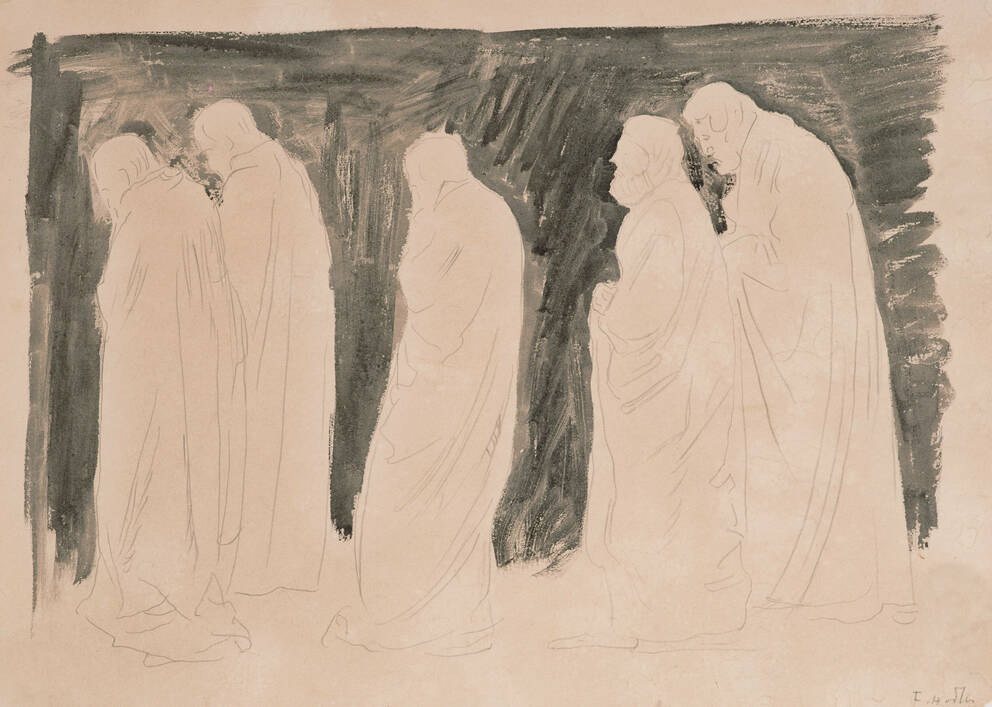
Leopold Museum,
Vienna
Vienna


Five Striding Men. Study for the painting Eurhythmy
1894
(Bern 1853–1918 Genva)
If you have further information on this object, please contact us.
For provenance related information, please contact us.
2023/2024 Partial funding for digitization by the Federal Ministry for Arts, Culture, the Civil Service and Sport „Kulturerbe digital“ as part of NextGenerationEU.

